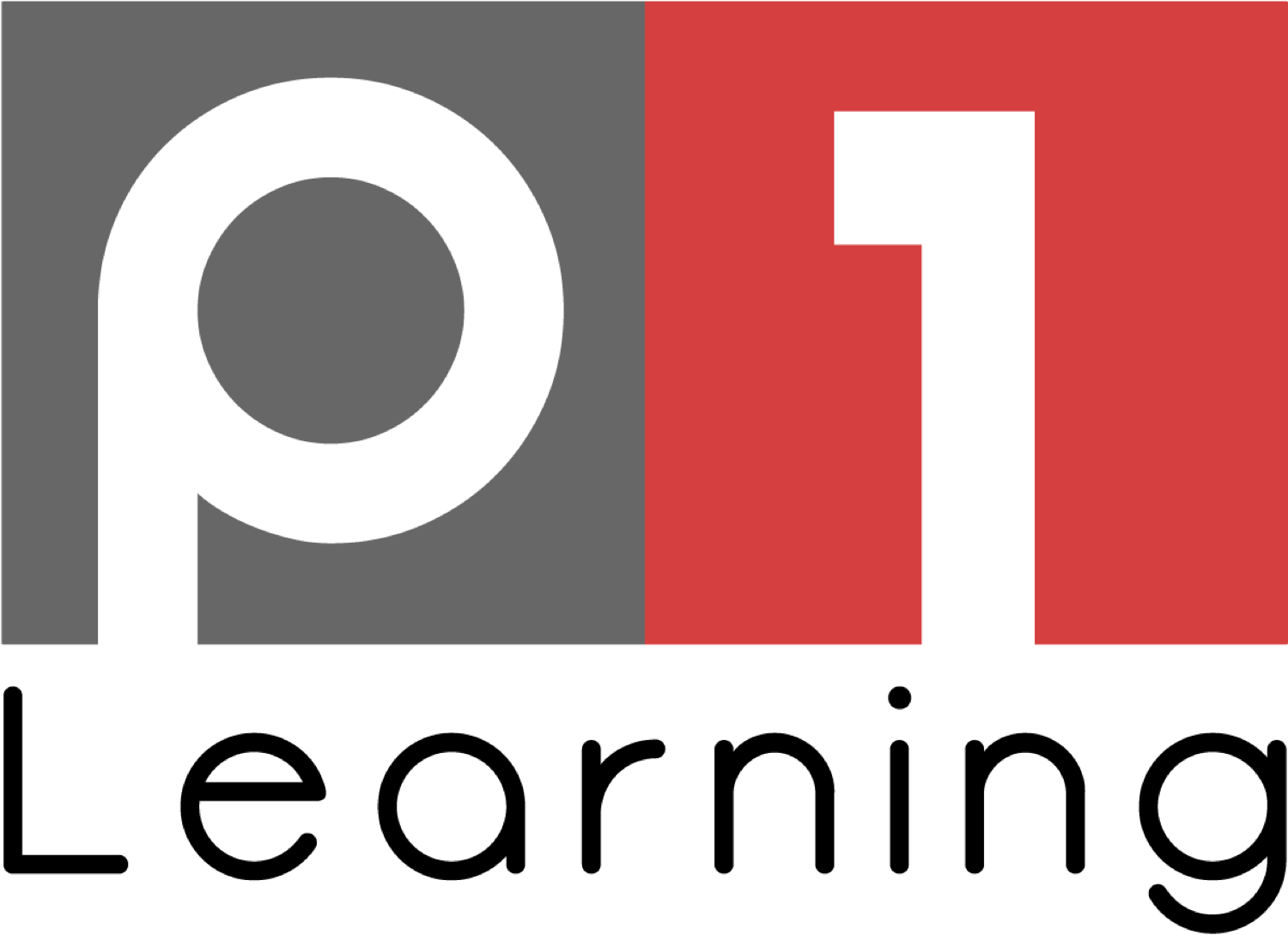I’m often asked, “What are P1 Learning’s most requested training topics?” The top three answers might surprise you…
- Sales (OK, no shocker here)
- Workplace compliance
Wait … workplace compliance!? I know what you’re thinking — not everyone’s favorite topic of discussion. Unless you’re the HR director, it’s probably not something on your radar screen. But, keeping your building compliant means ensuring everyone on your team has the appropriate training on a variety of important compliance topics, including harassment policies, FMLA, HIPAA, the legalities of hiring and firing, safety, and more.
However, mandating training is more than just requiring a few checkboxes. You need to make sure you’re creating a culture of compliance. In teaming up with our friends from HSI, we narrowed in on a list of five tips to help you in your compliance quest.
Encourage accountability
Successful teams learn from their mistakes. This involves recognizing that their performance is not where it needs to be and fixing it. The same model works for compliance. Everyone in the workplace needs to be able to identify when behaviors don’t match up with values and take action to correct things.
Accountability starts with leadership. For example, if you hear people making off-color comments that could be considered racist or sexist, or if you hear someone speaking to someone else in a rude manner, speak up! Make those around you accountable for their words/actions.
Teach what you should do, not just what you shouldn’t
Organizations should focus not only on what employees shouldn’t do but also on what are the proper behaviors to adopt. Giving employees concrete actions to model and perform, as opposed to harping on what they aren’t allowed to do, will get more buy-in and help them zero in on proper behavior more quickly.
A couple of examples …
- You should use a ladder instead of your rolling desk chair to hang something.
- You should treat everyone like your mom is watching you.
Notice that each of these could have been stated as a “do not” sentence. (“Do not use your rolling desk chair as a step stool …”) Phrased as a “should” sentence, they help provoke a mental image of what the proper behavior is, which makes it easier to remember and carry out.
Eliminate stigma around difficult topics
Some topics are just uncomfortable to discuss. Still, being uncomfortable for a few minutes is a small price to pay for bringing certain issues to light. There is often a fine line between acceptable, friendly behavior and unacceptable harassment. That line will not be clear to everyone, so you need to make it explicit.
Think about it this way. Let’s say you get home from work and see you have lettuce stuck in your teeth. How long has that been there for?! Even though it may have been awkward, you kind of wish somebody would have said something to you, right?
You can make these conversations easier by removing the stigma around topics such as sexual harassment. Don’t limit its discussion to small meetings behind closed doors. Talk about it openly. Reference items in the news that are relevant. The more you can talk about it openly, the more others will, too.
Offer manager and employee training
The compliance training needed for managers often looks different from that required by employees on the front line. If nothing else, both will have their specific roles and responsibilities when it comes to compliance topics, and so each training must be handled differently.
Managers are also in a unique position to potentially abuse their power. It is well worth sending them the message that certain kinds of behavior will not be tolerated, even from management.
Have fun with the process
Yes, most compliance topics are serious topics, but you can still make them fun. People dread compliance training because they feel like they’re being scolded the entire time, so you need to find ways to be creative and positive. One way to do this is to celebrate certain “awareness” days and use those celebrations to start meaningful conversations. Here are a couple worth noting:
- National Work Zone Awareness Week (April)
- Disability Employment Awareness Month (October)
Again, workplace compliance is a heavy topic, but you are not alone. Culture will not and cannot change overnight, but you can start the process of change by sharing these ideas with other influencers in your building.
Try putting some of these changes in place now, then your team will be much more receptive to your compliance training going forward. If you are interested in watching P1 Learning’s content for workplace compliance, login into your account, or if you’re looking to find out more about how we develop or hear how we help companies deploy and use compliance training, toss us an email at support@p1learning.com or give us a call at 888-944-9377. We’d be happy to connect.
Oh yeah, and to fill in the third most requested training topic …
3. Management & Leadership (yes, we have content for both new and experienced managers and leaders)

